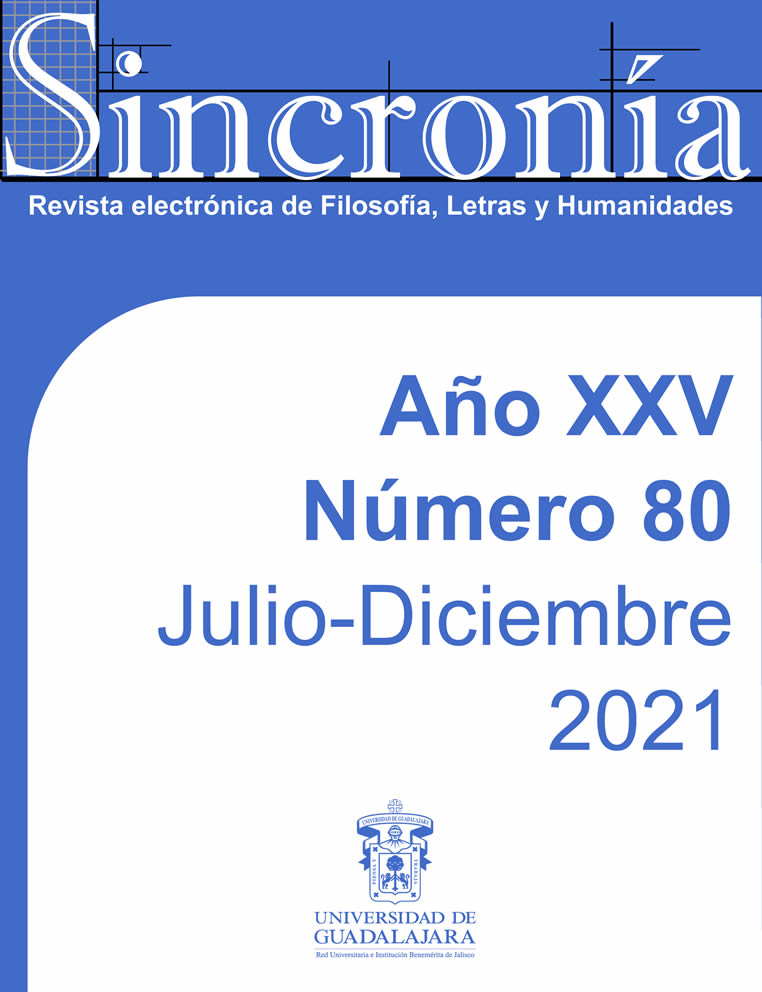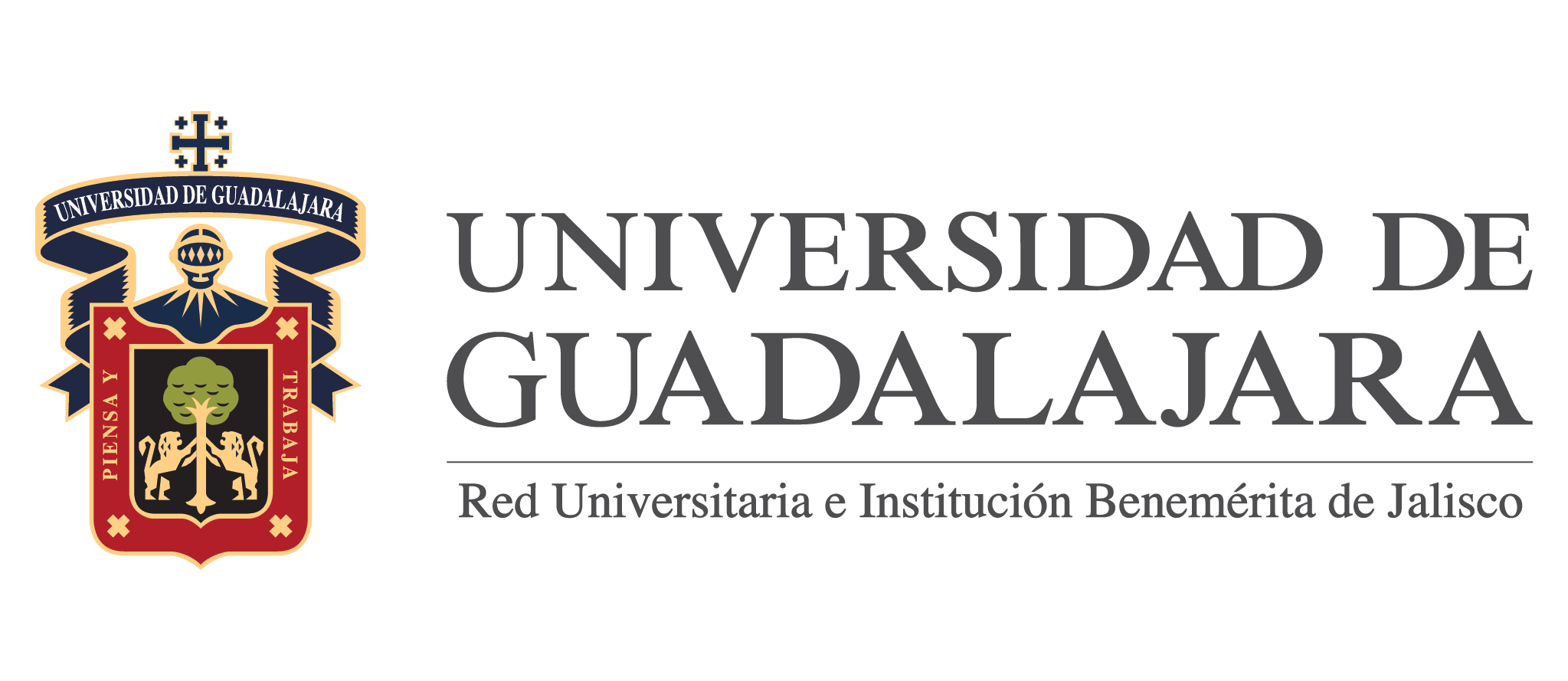Notes on evaluation in visual arts workshops of the superior level.
Keywords:
Formative assessment., Arts education., Visual arts., Research., Artistic creation.Abstract
Education for the training of artists, outside the format of academies of the 19th century, is an activity that from the second half of the 20th century has been inserted in the curricula and formal study programs, since then, questions and Concerns about which are the best teaching and evaluation strategies regarding the research / creation processes approached in arts workshops (because artistic creation is hardly considered research), the above presents a challenge: to objectify with a critical sense , not only products and results, but also the practices and meanings of issues that, due to their constant evolution and nature, can become subjective.
This article is born from the observations made during the January-June 2019 semester in a visual arts program of the higher level in Mexico, is based on the exploration and analysis of previous studies on education and evaluation in artistic disciplines, to analyze information that provides ideas that clarify aspects that can be evaluated by observing processes of Research and Artistic Creation (CI) born in school programs; the implicit possibilities and responsibilities, not only to students, but also to teachers and governing bodies, influencing through their practice, the society that embraces and supports them.
Downloads
References
Bauman, Z. (2005). Modernidad liquida. Buenos Aires, Buenos Aires. Argentina: Fondo de Cultura Económica de España.
Camnitzer, L. (21 de marzo de 2012). La enseñanza del arte como fraude. [comunicación en página web] http://blogs.fad.unam.mx/asignatura/ingrid_sosa/wp-content/uploads/2017/01/10.-La-Ensen%CC%83anza-del-arte-como-fraude_Camnitzer.pdf
De Bono, E. (1988). Seis sombreros para pensar. Buenos Aires, Argentina.
De Vincenzi, A. (abril de 2009). La práctica educativa en el marco del aula taller. Educación y desarrollo (10), 41-46.
Dunlop, C., y Cortázar, J. (1984). Los autonautas de la cosmopista. http://biblioteca.d2g.com
González-Palacios, T. E. (2014). La creatividad: proceso, elementos y valoración de efecto en carreras de la Universidad Eloy Alfaro . ECA Sinergia. Portoviejo, Manabí, Ecuador.
Herrán-Gascón, A. d. (abril de 2014). Creatividad y formación radical en inclusiva: cuando la creatividad no sirve para nada. En: P. J. García-Sempere, & P. Tejeda-Romero, Edits) Granada, Granada, España: Universidad de Granada.
Jiménez-Fontana, R., García-González, E., Azcárate, P., Navarrete, A., & Cardeñoso, J. M. (2016). La Teoría Fuandamentada como estrategia de análisis de los datos: caracterización del proceso. 5ª Congreso Iberoamericano en Investigación Cualitativa. L. 356-365. Porto: Atas.
Mazur, E. (16 de marzo de 2020). Observatorio de innovación educativa. (T. d. Monterrey, Productor) Observatorio de innovación educativa: https://observatorio.tec.mx/edu-news/entrevista-eric-mazur-evaluacion-aprendizaje
Michaud, Y. (2007). El arte en estado gaseoso. Ensayo dobre el triunfo de la estética. México, D.F., México: Fondo de Cultura Económica.
Mjelde, L. (2015). Las propiedades mágicas de la formación en el taller. Montevideo, Uruguay.
Romero, M. (2011). Orientaciones para la elaboración de programaciones en artes. En A. Giráldez, L. Pimentel y Coords., Educación artística, cultura y ciudadanía. 135-146. Madrid, Madrid, España: Organización de Estados Iberoamericanos para la Educación, la Ciencia y la Cultura (OEI).
Schwember Bustamante, F., Wolff Rojas, A., & Cecilia Palma Galería de Arte. (2007). Francisco Schwember : Obra pictórica (Catálogo de exposición de arte). Santiago, Chile: Galería de Arte Cecilia Palma
Spentsas, A. C. (2017). Siendo espectador (II). La experiencia del espectador como forma de participación no reglada. DOSSIER (25), 204-220
Storr, R. (2009). Dear Colleague. En S. Madoff y Madoff (Ed.), Art school (propositions for the 21st century) 59-60. Cambridge, Massachusetts, USA: MIT Press.
Strauss, A. y Corbin, J. (diciembre de 2002). Bases de la investigación cualitativa. Técnicas y procedimientos para desarrollar la teoríafundamentada. Medellín, Antioquia, Colombia.
Downloads
Published
How to Cite
Issue
Section
License
Copyright (c) 2023 Víctor Alejandro Guillén García e Irma María Flores Alanís

This work is licensed under a Creative Commons Attribution-NonCommercial 4.0 International License.
You are free to:
- Share — copy and redistribute the material in any medium or format
- Adapt — remix, transform, and build upon the material
- The licensor cannot revoke these freedoms as long as you follow the license terms.
Under the following terms:
- Attribution — You must give appropriate credit , provide a link to the license, and indicate if changes were made . You may do so in any reasonable manner, but not in any way that suggests the licensor endorses you or your use.
- NonCommercial — You may not use the material for commercial purposes .
- No additional restrictions — You may not apply legal terms or technological measures that legally restrict others from doing anything the license permits.




























